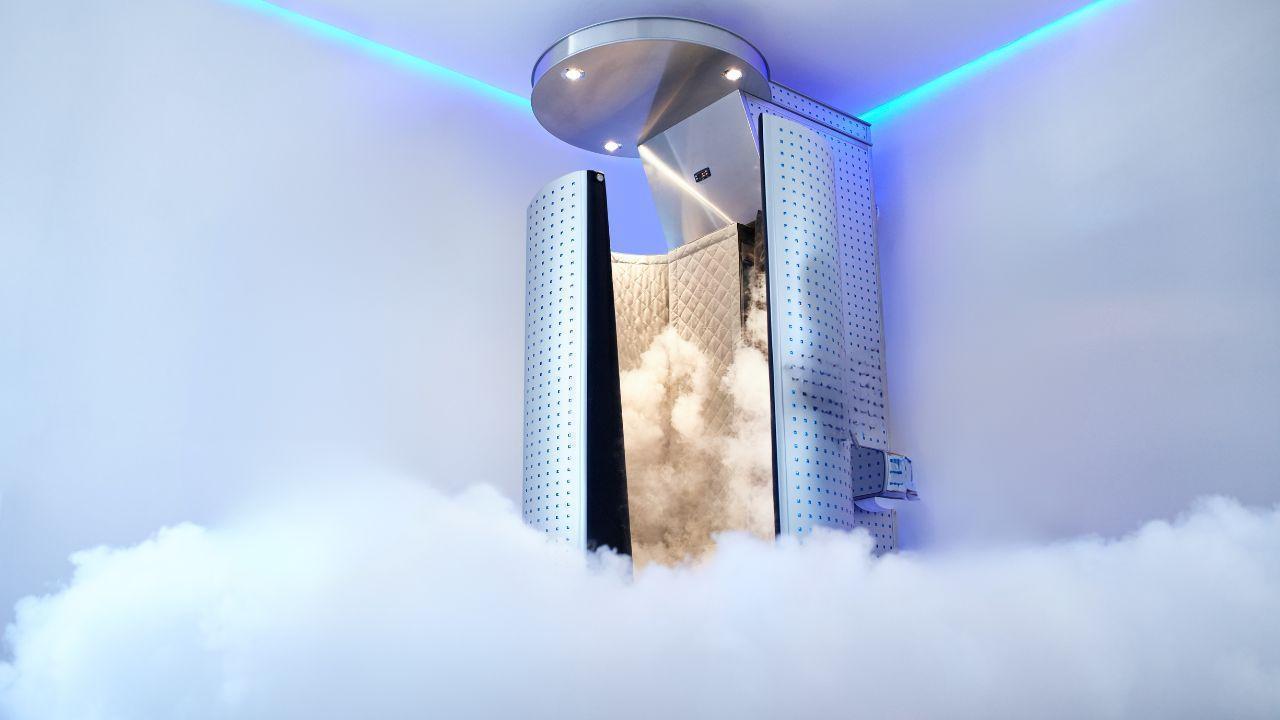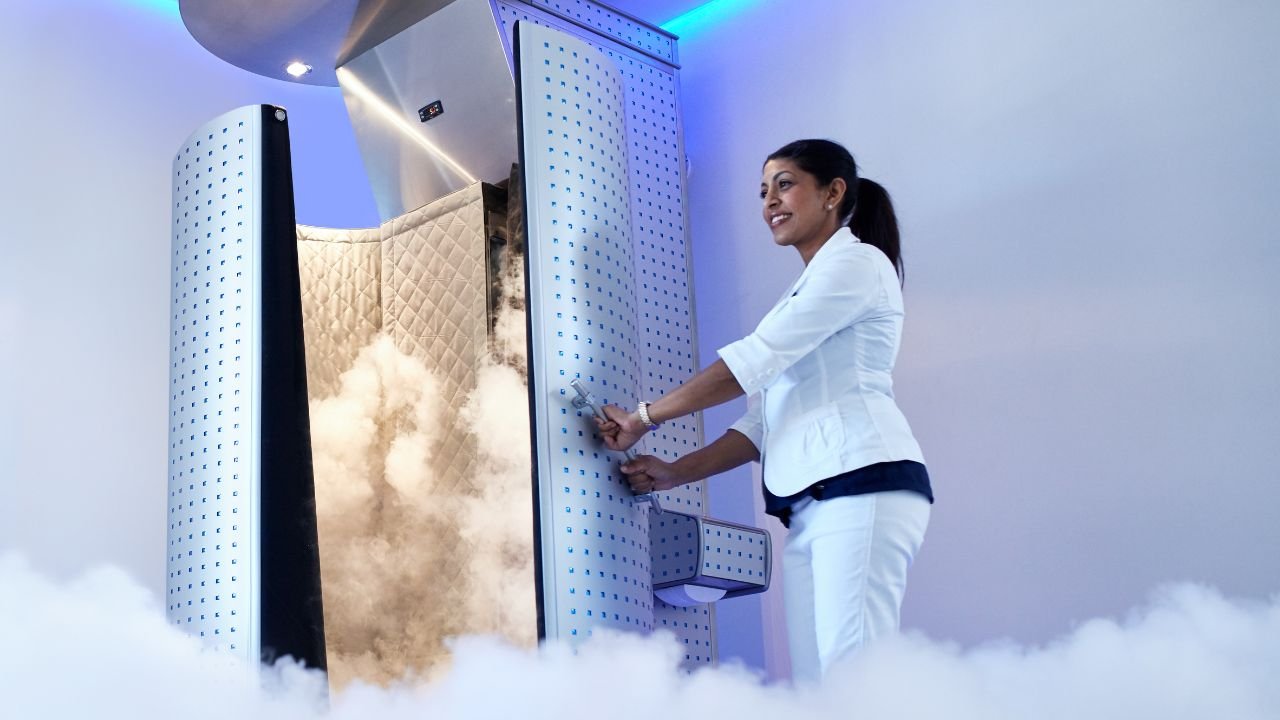Maintaining ideal suppleness and joint function becomes more critical as we age or contribute in energetic physical activity. Reduced range of motion and toughness can affect general well-being and complicate daily life. Luckily, creative thoughts are starting to show up to help long-term joint health. One such treatment that is becoming more and more well-known for its possible advantages is Cryotherapy, a method of treatment based on quite low temperatures. This method seeks to lower inflammation, ease discomfort, and encourage recovery by subjecting the body to regulated cold settings, therefore supporting ongoing mobility and joint integrity.
Understanding the Body’s Response to Cold
The body reacts physiologically in a cascade when it is in chilly conditions. Blood arteries narrow, therefore lowering the blood flow to the treated area. Common offenders in joint stiffness and soreness, edema and inflammation can be reduced in part by this vasoconstriction. The blood arteries dilate as one leaves the chilly environment, causing a surge of blood full of oxygen back to the tissues. This better circulation helps eliminate metabolic waste products and increase nutrient supply, therefore creating a more suitable habitat for tissue repair and regeneration. Knowing how controlled cold exposure could benefit joint health depends on this normal physiological response.
Reducing Discomfort and Swelling

Maintaining joint flexibility and function is much hampered by ongoing pain and swelling. One non-invasive way to handle these problems is using cryotherapy. The strong cold numbs nerve endings, therefore relieving aches temporarily. More importantly, it directly addresses the underlying cause of swelling by greatly lowering inflammatory reactions. Less swelling leads to less pressure on joint structures, so enabling a wider range of motion and lower friction during movement. This decrease in pain and inflammation opens the path for more consistent and comfortable participation in activities encouraging flexibility.
Enhancing Recovery and Mobility
Apart from quick relief, controlled cold exposure helps in a more effective healing mechanism. speedier recuperation means speedier return to training or regular activities for those who are physically active or trying to restore lost mobility. It helps the body to heal naturally by reducing muscle discomfort and encouraging the repair of little tissue damage. Regular application over time can assist in lowering the total wear and strain on joints, therefore preserving their structural integrity and functional capacity.
For a great quality of life at whatever age, flexibility and joint function must first take center stage. Although there are several approaches, the focused use of extreme cold offers a good way to enhance these important facets of physical well-being. By using the body’s natural reactions to cold, it provides a route to lower inflammation, ease discomfort, and promote recovery, therefore enabling years of consistent mobility and better joints.

